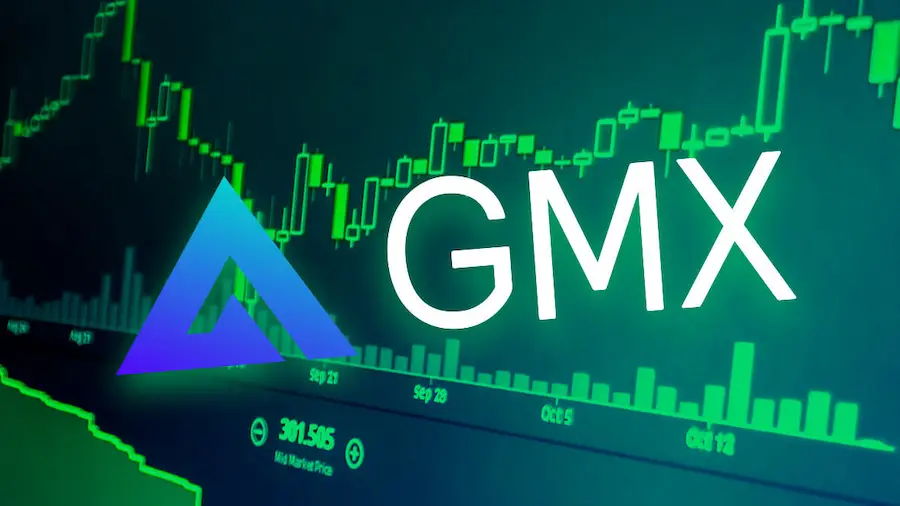Astronomical observation has been impaired in recent decades due to the lighting of streets, buildings and houses. The call light pollution increased by 9.6% per year from 2011 to 2021, according to studies.
In addition to the well-known atmospheric pollution, the phenomenon also contributes to changing the appearance of the night sky, experts say.
“Light pollution is the inability to see the night sky as it naturally appears because of artificial lighting in cities, houses and streets. This is quite common in modern life, but it is something that, if we think about human history, is very recent. It is no more than a century old, perhaps less than that, in most places”, explains Roberto Dell’Aglio Dias da Costa, professor at the Department of Astronomy at the Institute of Astronomy, Geophysics and Atmospheric Sciences at the University of São Paulo (USP). , in a statement.
Increased apparent light
One of the most intense forms of light pollution is the so-called “skyglow”, in which the particles that make up the light, called photons, are emitted mainly by street lights, among other light sources produced by humans.
Skyglow is marked by the increase in apparent light in the dark sky and can be observed over cities in the distance. Excess lighting causes light particles to disperse into the atmosphere, which makes astronomical observation of stars and planets difficult. The problem is compounded by the presence of satellites and space debris in orbit.
Light emissions detected by satellites increased from 1992 to 2017 by at least 49%. However, the index may be even higher considering that the measurement of atmospheric pollution is made from a satellite that does not capture the blue light frequencies emitted by LED lights.
Meanwhile, the global LED market grew from 1% in 2011 to 47% in 2019. Which points out that most lamps today are LED, especially those used on the streets.
Skyglow can also be affected by the appearance of new light sources in a country, rather than by switching from one light bulb to another. What is most impactful is the amount of light that ends up scattering from the poles, or from the lighting of houses and establishments that, instead of being well directed to the ground, for example, ends up going directly to the sky.

astronomical observation
In the observatories, images are captured from time intervals of exposure to the lights of the stars, as explained by the USP researcher.
“Our eye does not have an exposure time setting, so it is not suitable for modern professional astronomical observations. It served immensely well into the mid-19th century; until the invention of photography around 1840, all astronomical observations were made with the naked eye. However, this is past, this is history. Now, professional observatories need image recorders, because most of the information that comes from an astronomical target doesn’t come in the form of an image, you have to break the light down into its components and look at what’s called the light spectrum. ”, says Dell’Aglio.
Interferences of light outside those of stars and astronomers impact the quality of the light spectrum to be observed and studied by astronomers. Even light reflected from dust particles in cities can interfere with this observation. For this reason, observatories are built away from cities.
“Optical astronomy does depend on having very dark skies, as dark as possible. For this reason, professional astronomical observatories are always installed in places far from human activity, usually mountains or deserts, more remote places. More and more optical pollution [luminosa] it starts to be a problem even in the big professional astronomical observatories”, says the professor.
In addition to harming astronomy, light pollution has negative effects on human and animal life. It confuses the circadian time, affects melatonin production, migration patterns – turtles, birds and insects are attracted to light, which causes them to migrate out of time or to venture into unnaturally lit areas, but artificially, which can take them to death. Also, marine ecosystems are being altered by pollution.
Reduction of light pollution
It is estimated that currently more than 80% of the population is affected by light pollution. In some places, such as Chile, the United States and Hawaii, there are initiatives to reduce lighting near observatories.
In addition, dark sky reservations with the use of adequate lighting seek to minimize the problem. Among the solutions are the installation of light poles that illuminate only the street, not dispersing to the sky, and with little overlapping of light beams, in addition to fewer lighting resources at night.
“Having dark skies is not just a matter of doing astronomy research. Having a dark sky means being able to follow natural cycles, which is part of culture, part of education, part of our civility”, says Dell’Aglio.
(With information from Julia Estanislau, from Jornal da USP)
Source: CNN Brasil
Charles Grill is a tech-savvy writer with over 3 years of experience in the field. He writes on a variety of technology-related topics and has a strong focus on the latest advancements in the industry. He is connected with several online news websites and is currently contributing to a technology-focused platform.







